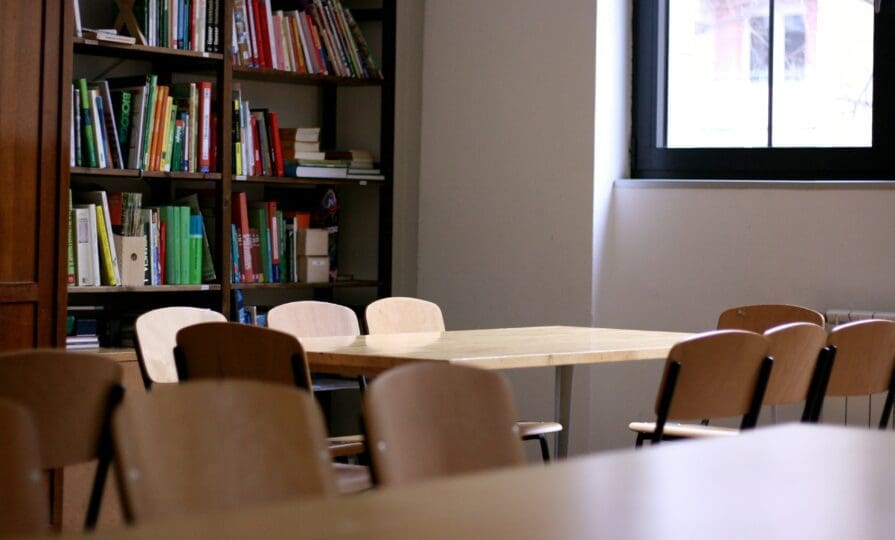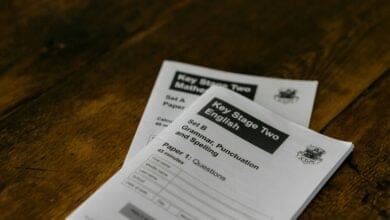State schools falling behind in AI training, report finds
Teachers in schools with more affluent intakes were more likely to have received formal AI training than those in schools serving more disadvantaged pupils

Register to get 1 free article
Reveal the article below by registering for our email newsletter.
Want unlimited access? View Plans
Already have an account? Sign in
State schools lag behind private schools in access to artificial intelligence (AI) training and resources, a report by the Sutton Trust has found, with the charity warning of a widening “digital divide”.
The report, which was published today (16 July), shows that teachers in private schools are more than twice as likely to have received formal training in AI than those in state schools – 45% compared with 21%. Private school teachers are also more likely to have had informal training, at 77% compared with 45% in the state sector.
The research highlights growing inequalities within the state system itself. Teachers in schools with more affluent intakes were more likely to have received formal AI training than those in schools serving more disadvantaged pupils – 26% compared with 18%.
Paul Whiteman, general secretary at the school leaders’ union NAHT, said: “It’s vital that all teachers and school leaders receive the high-quality funded training needed to feel confident using AI and teaching pupils about using this technology appropriately, both in the classroom and beyond the school gates.
“These tools have huge potential benefits for children’s education, and it makes sense to explore its potential to reduce the unsustainable levels of workload teachers face.”
He added: “However, it is important that teachers maintain professional oversight of learning, and these systems cannot replace the judgement and specialist subject knowledge of a human expert.”
The Sutton Trust found that most teachers are using AI in some form, with 62% having used it at least once in the past month. However, private school teachers were more likely to use it daily – 18% compared with 11% in state schools – and less likely to say they never use it, at 8% compared with 17%.
Private school teachers were also more likely to use AI for a wider range of tasks. While lesson planning and preparation were the most common uses overall, private school staff were more likely than their state counterparts to use AI for writing pupil reports, creating assessments, communicating with parents, marking, and their own professional development.
The report also raises concerns about oversight and policy. Private schools are three times more likely than state schools to have a dedicated AI strategy – 27% compared with 9% – and more likely to have a member of staff responsible for overseeing its use.
Nick Harrison, chief executive of the Sutton Trust, said: “It’s startling how rapidly an AI digital divide is opening up in schools. This is a crucial time in integrating AI tools into teaching, yet private schools, and some of the most affluent state schools, are already forging ahead in a sort of digital wild west.
“If this isn’t quickly tackled head on, schools serving the most disadvantaged pupils risk falling further behind.”
He added: “These tools can provide a range of benefits to overworked teachers, but their use is spread unevenly, with inequalities in training and appropriate guidance and monitoring. If action isn’t taken to close these widening gaps, access to AI risks becoming the next major barrier to opportunity for disadvantaged young people.”
The Sutton Trust is calling on the government to provide funded AI training for teachers and school leaders, ensure schools appoint a senior member of staff responsible for AI, and monitor inequalities in access and use. It also recommends giving all pupils eligible for Pupil Premium a device to support learning outside school.







